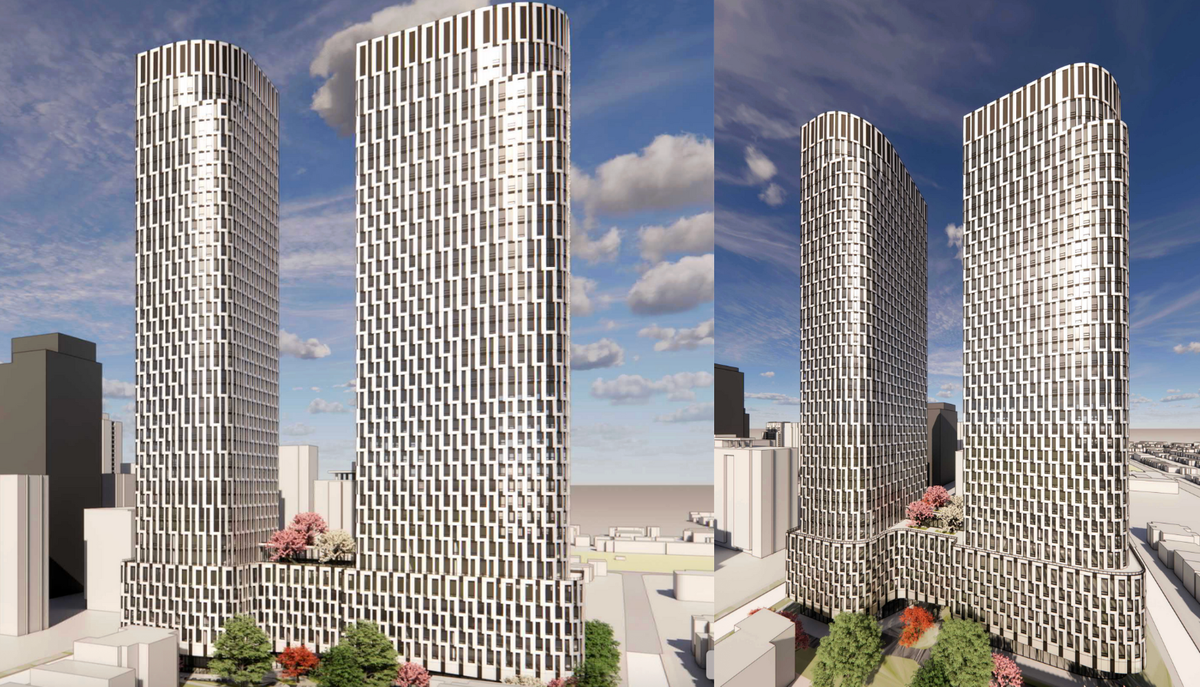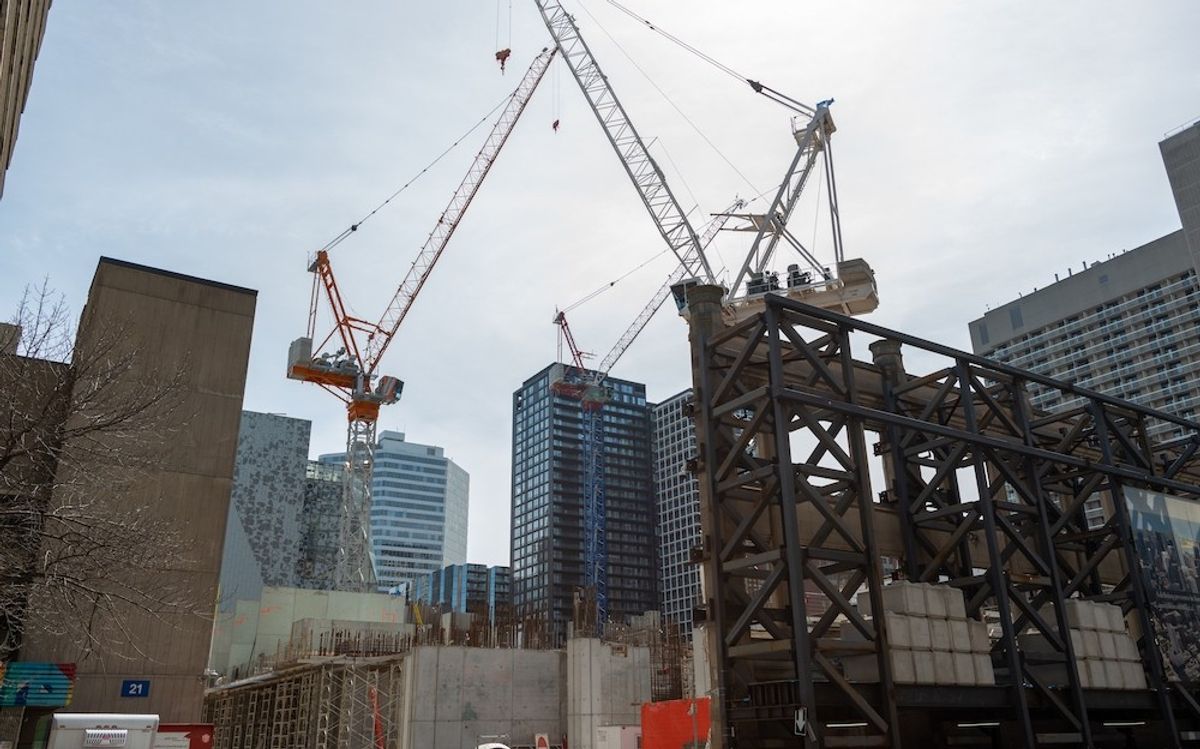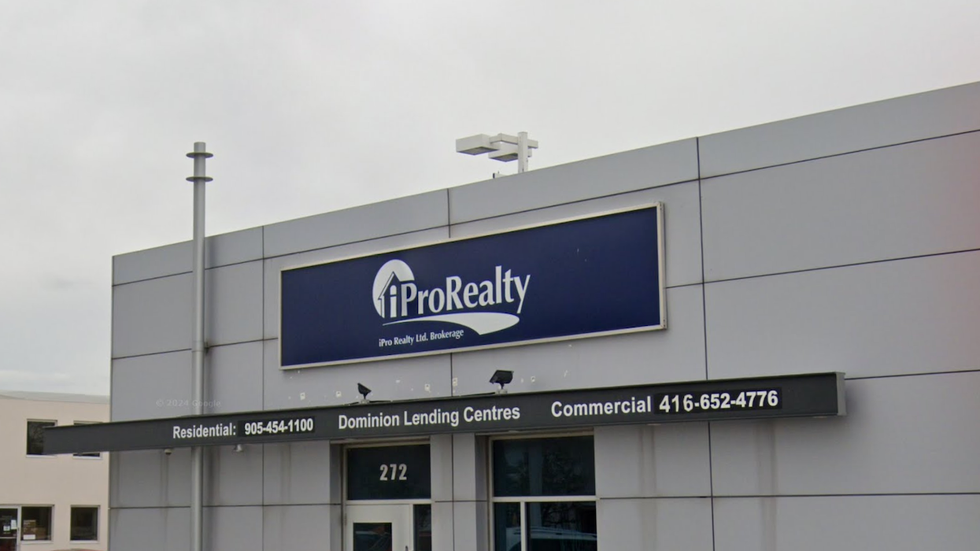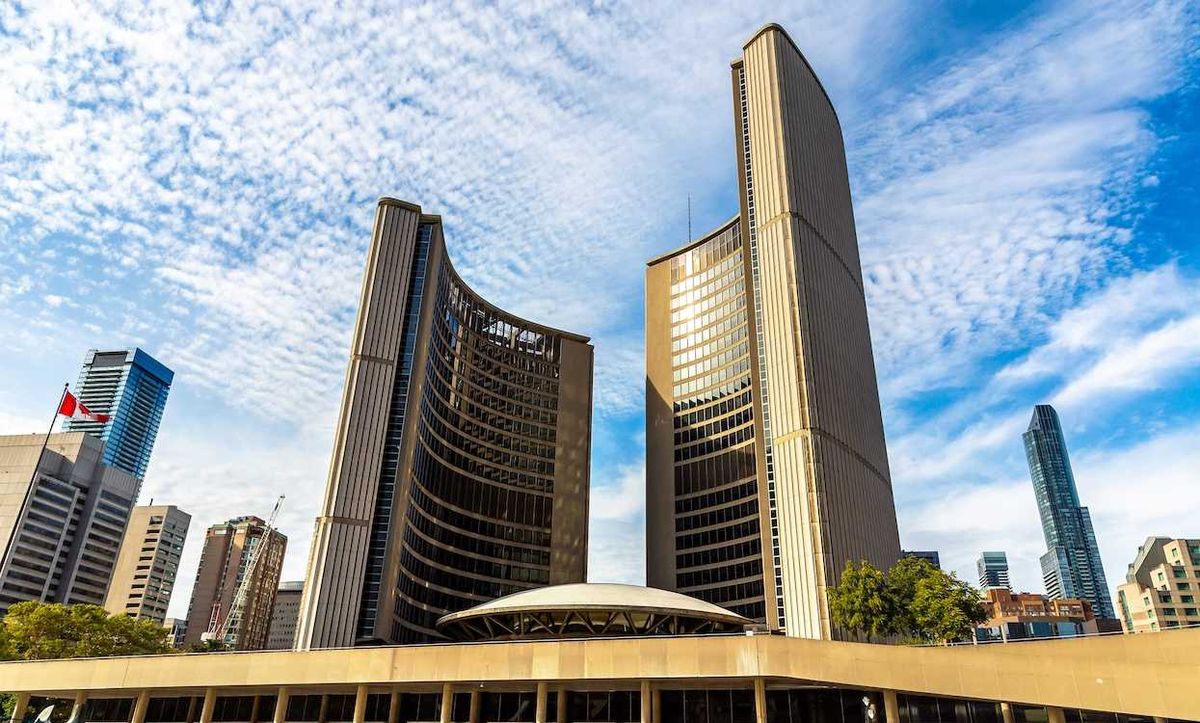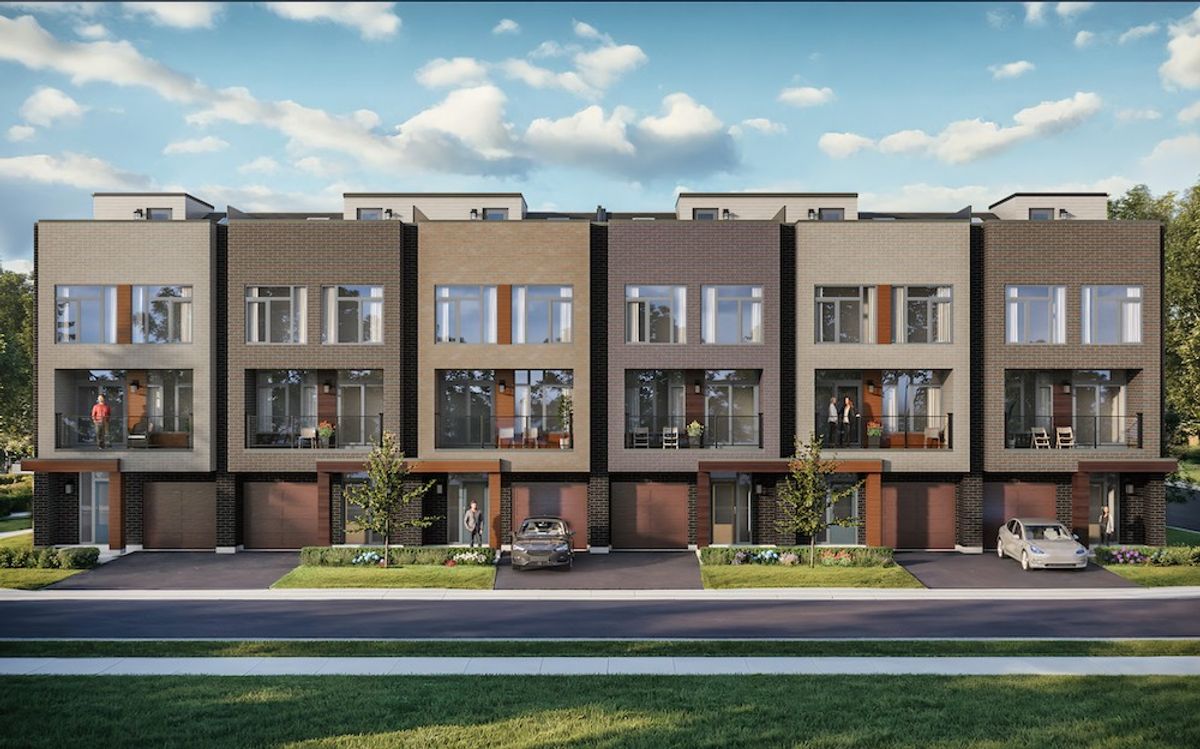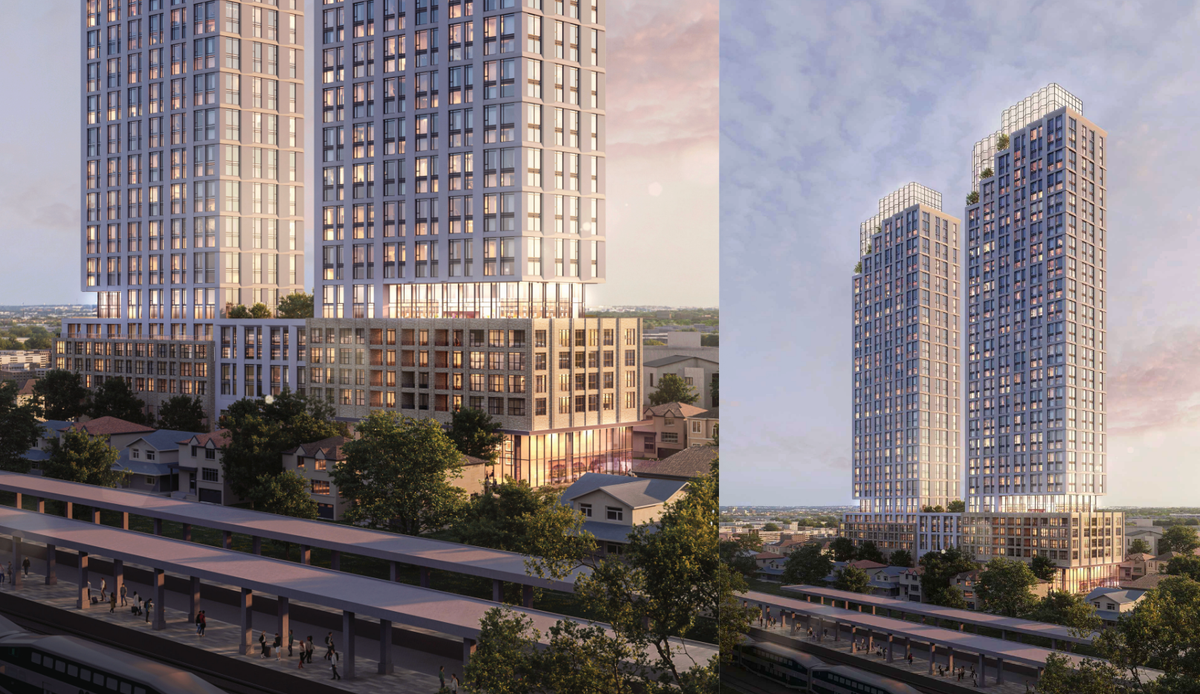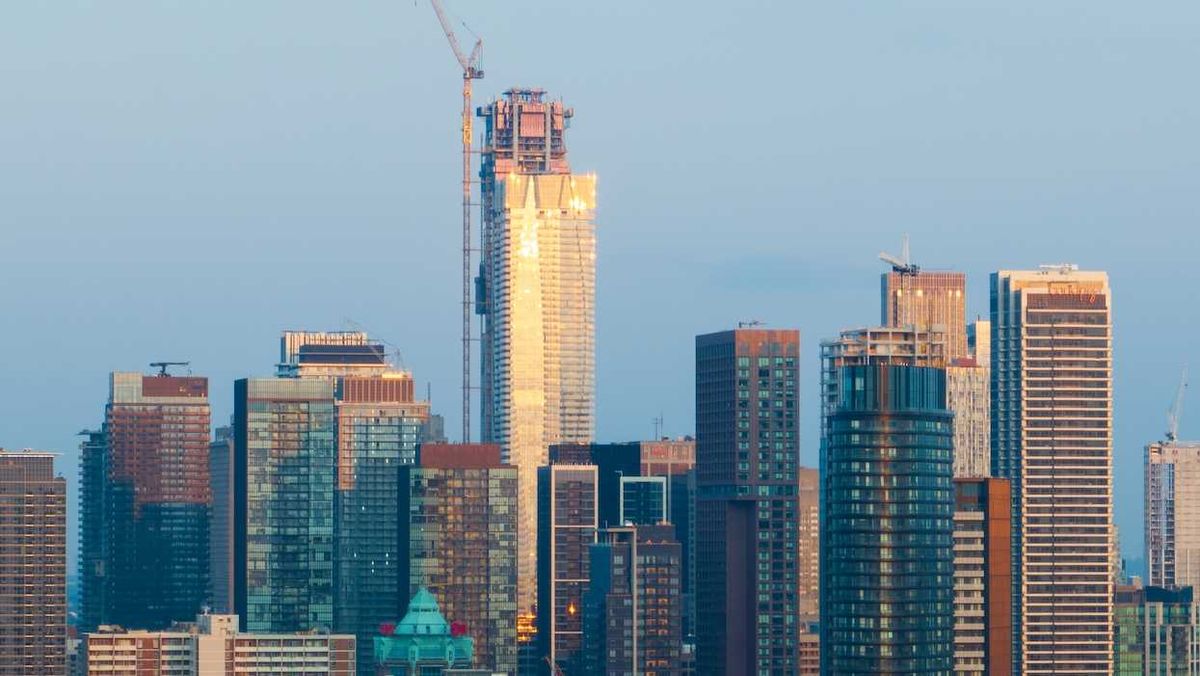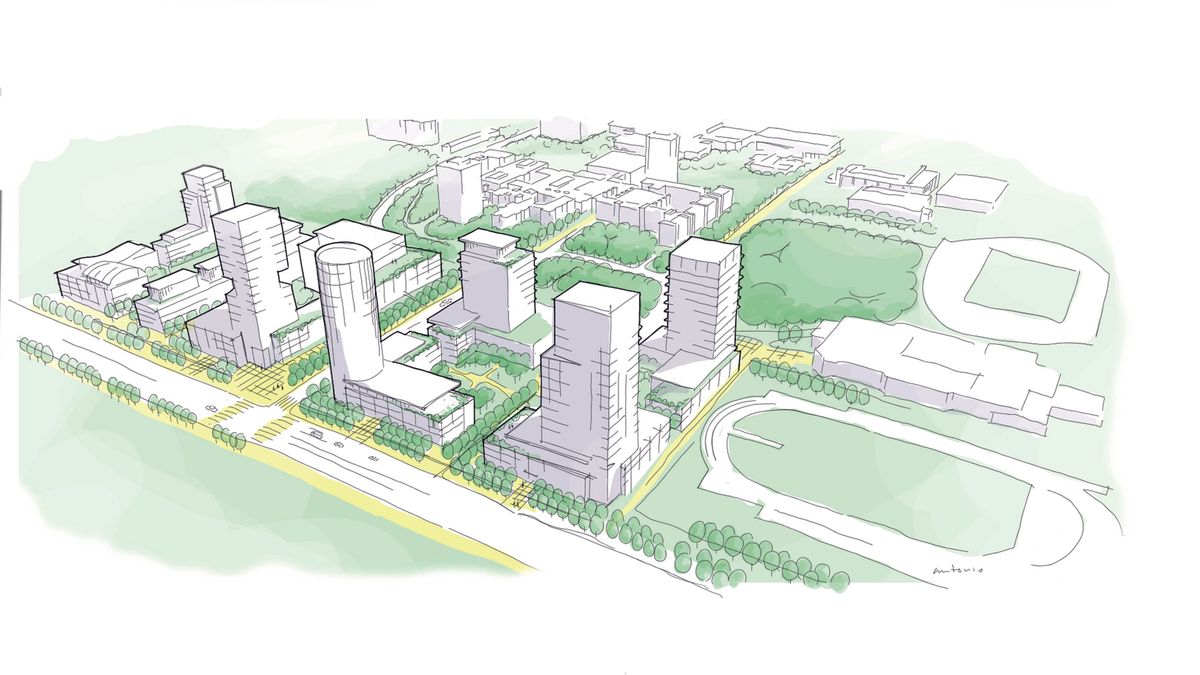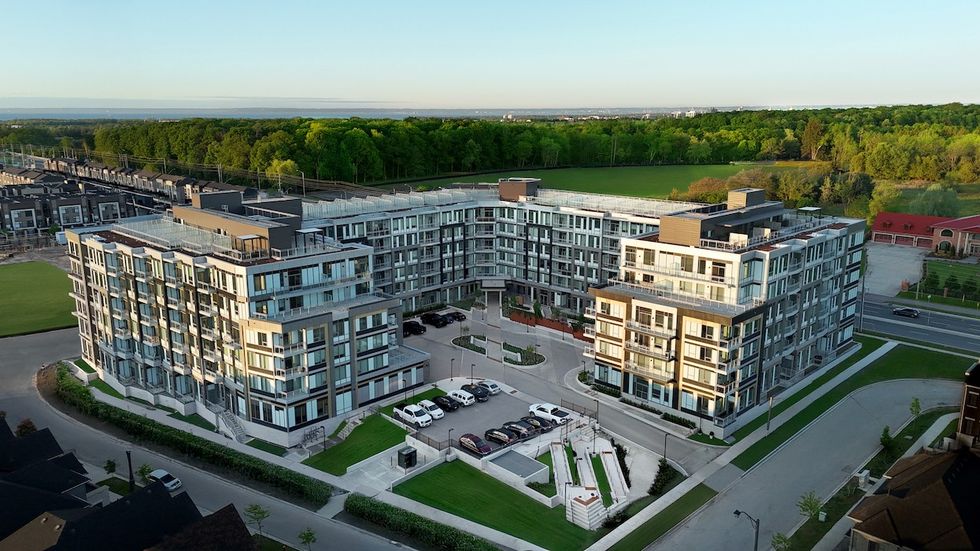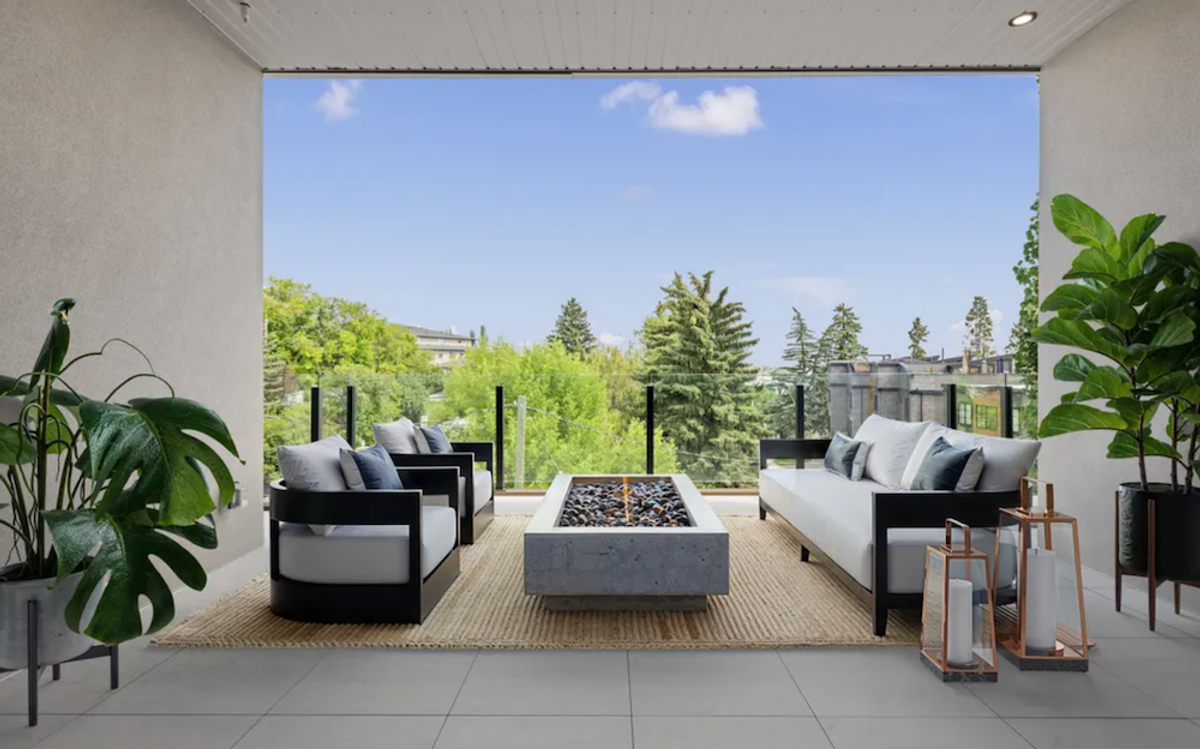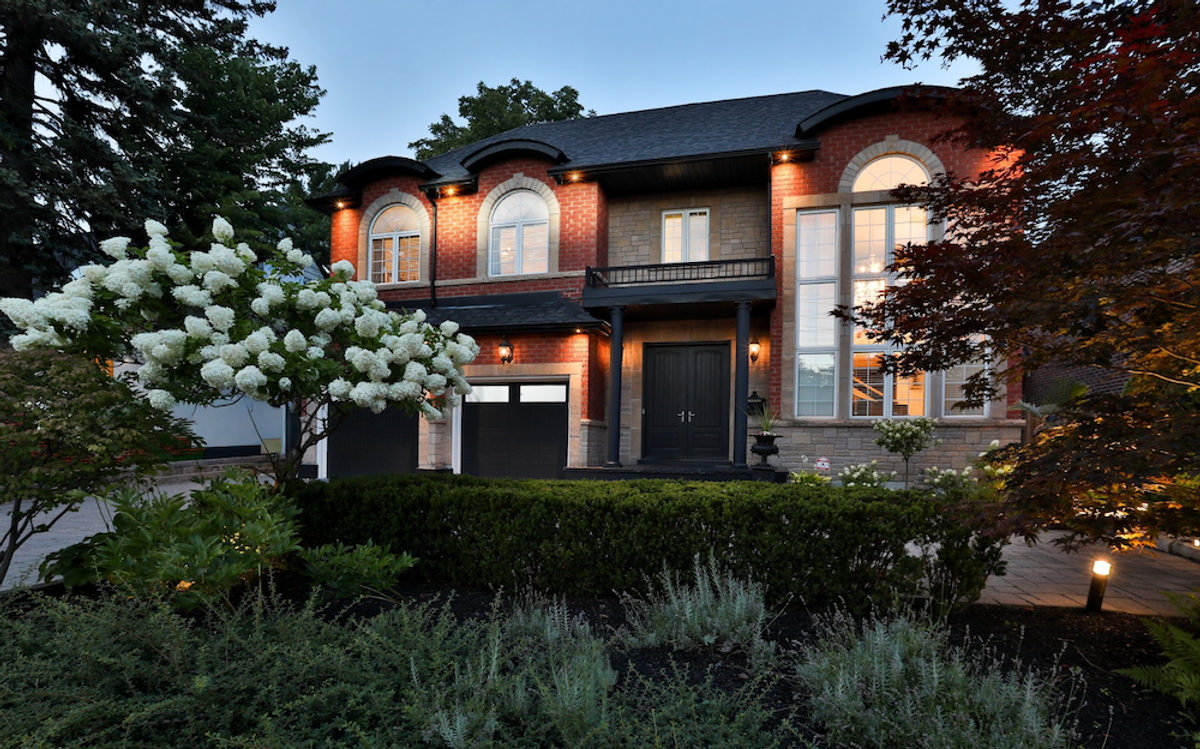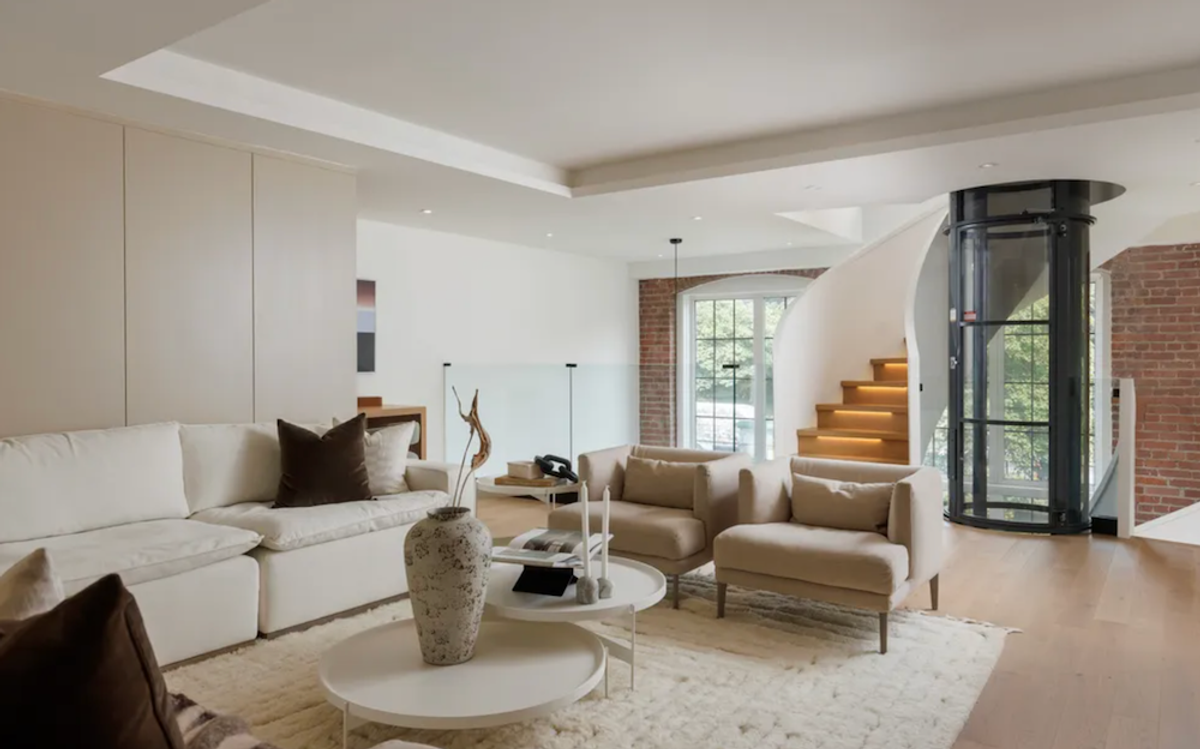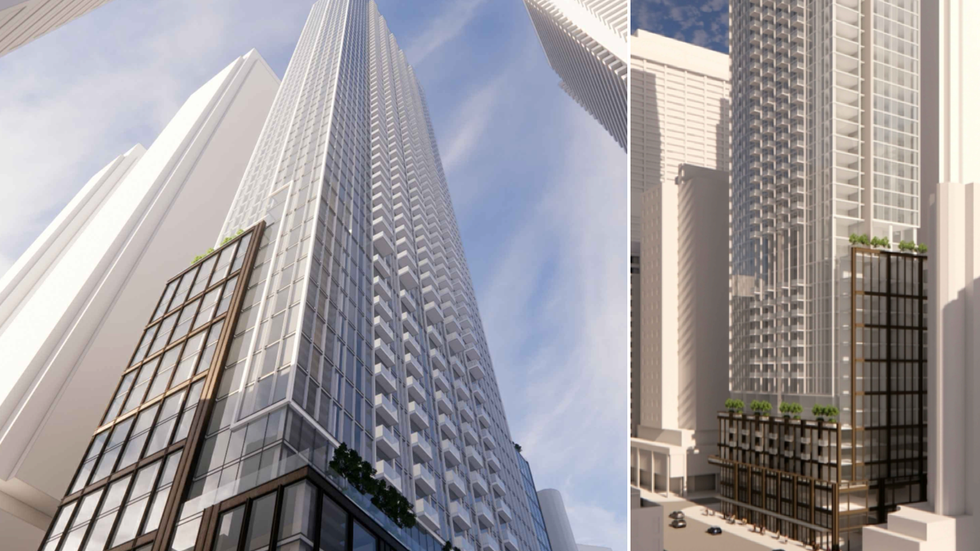[Editor's Note: On February 26, Council voted for the alternative option described at the end of this article and staff are expected to report back later this year.]
Last summer, the Province updated the BC Building Code to allow for single egress stair designs in residential buildings up to six storeys, a change that pleased both developers and housing advocates. Local governments, however, have been a different story.
Supporters of the single egress stair (SES) change believe that safety mechanisms have advanced substantially since policies requiring at least two points of egress were put in place, and that reducing the requirement would allow for more efficient building designs and land use. Those opposed to the change believe that the risk is greater than the reward.
The Province's change did not apply to the City of Vancouver, as a result of the Vancouver Charter, but Councillor Sarah Kirby-Yung subsequently introduced a motion directing staff to identify the changes the City would need to make to align its own building bylaw with the BC Building Code.
The motion was approved in October and staff have now returned with their findings, along with a recommendation that Council decline to allow single egress stair designs, "on account that the proposed features are not well suited to the Vancouver context."
The Potential Reward
"The fundamental argument for SES housing benefits are highly dependent upon the specific design," said staff in a report published this week. "The improved flexibility of suite design is frequently stated as a benefit, largely due to the elimination of area taken by one stair and reduced public amenity areas, which allows the freed-up floor space to increase and improve living spaces."
City staff cited studies finding that floor area efficiency gains of up to 10% are possible for four-storey buildings and approximately 5% for six-storey buildings. Other major Canadian cities such as Toronto and Edmonton have also been considering making the SES change.
Staff also recognized some of the potential benefits relating to quality of life for residents.
"Proponents have identified that the removal or at least reduction of common space dedication on each floor would reduce interior restrictions on suite design, and permit increased exterior perimeter of suites in an SES design. This may in turn provide better cross-ventilation opportunities for the residential suites, which can potentially reduce energy usage for cooling during the summer and taking advantage of increased solar heat gain during the winter months. Increased windows may also improve daylighting of the suite leading to an increase in the attractiveness and livability of the residential suites."
Additionally, staff recognized that the SES change would reduce the need for expensive land assemblies, as the current requirements have resulted in most six-storey buildings taking a wide rectangular form that requires more land.
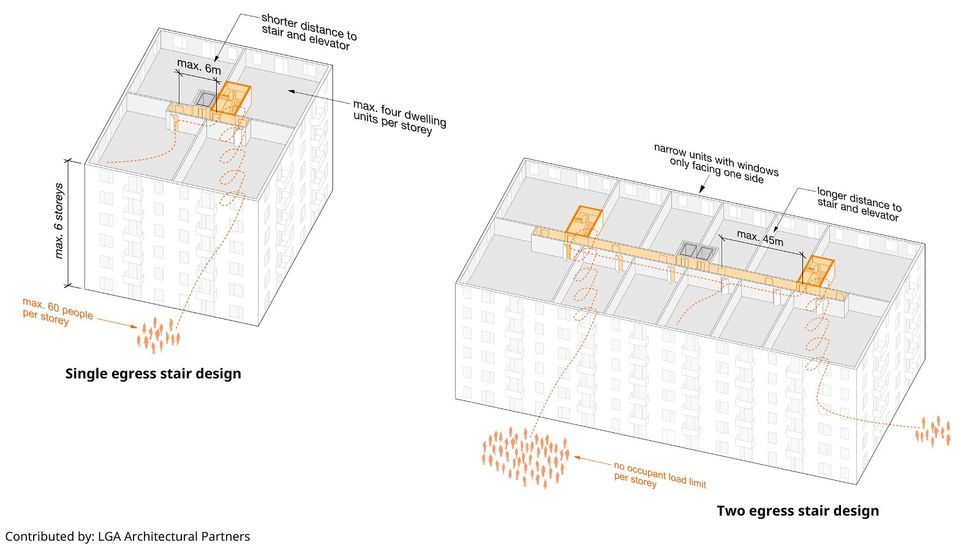
The Potential Risk
Discussing the risks, City staff said it was important for buildings to have at least two points of egress so first responders have options, such as being able to use one staircase for firefighting and another for evacuation, or if one staircase is compromised. Having a single staircase could also result in congestion in emergencies, they said.
Staff also argue that the potential benefits of SES are uncertain and perhaps overstated.
"The BC SES regulations require additional design features to harden the single exit stair against the possibility of failure, reduce the impacts of fire and smoke, and reduce the impacts on fire fighting response and occupant egress," staff said. "Depending upon the size of the building, and the specific design, these features are likely to significantly reduce the expected benefit of the SES designs. [...] Additionally, there may be further need for space to accommodate smoke control measures such as vestibules, emergency power, and shafts further eroding the anticipated space recovery."
As it relates to potential costs savings, City staff believe such savings would be effectively negated because the Province has added other requirements to counter-balance SES, such as wider stairs, non-combustible finishes, and construction of an antechamber on each floor, among other things.
"Recent staff experience with proposals for single egress in buildings have generally confirmed the high cost of the risk mitigating features, and designers have typically responded by identifying a desire to waive these features or implement alternative solutions to avoid these features. This approach increases cost, time, and administrative burden, for both the owner and City, and will likely result in a negative impact on housing delivery by increasing permit review times, construction costs, and inspections."
Other Opposition
Critically, Vancouver is not the only place where opposition to SES has arisen.
In September, Surrey City Council received a report regarding the Province's changes to the BC Building Code. The report detailed a submission made by the Greater Vancouver Fire Chiefs' Association to the Ministry of Housing that outlined concerns regarding the SES change itself and also how the Province rolled out the change.
City of Surrey Fire Chief Larry Thomas then recommended the City seek out an exemption from the Province, while Mayor Brenda Locke — as Chair of the Metro Vancouver Regional District's Mayors Committee — also wrote a letter to the Province asking for a pause on the SES changes.
In late-October, Richmond City Council also received a recommendation that the City submit a letter to the Province voicing their concerns. The recommendation was made by Richmond Fire Chief Jim Wishlove and Director of Building Approvals James Cooper, who called the SES change "dramatic" and "a significant departure from the BC Building Code, the National Building Code of Canada (NBCC) and almost all North American Codes."
Similarly, Vancouver Fire Rescue Services submitted a position paper ahead of the BC Building Code update that opposed the changes, and City staff noted in their report this week that "experts have acknowledged that the issue is complex and should not be rushed, and that the BC SES provisions may not be well suited to development with a heavy emphasis on wood frame construction or on smaller lots with limited street access."
"Much of the arguments for and against single egress stair arrangements are with respect to tangible but hard to quantify outcomes. Staff recommend that Council carefully consider the principal purpose of the exit stair, and whether the potential benefits provided by the BC SES regulations merit the potential increased life safety risk."
Ultimately, staff recommended that Council decline to adopt the change, but also included an alternative option that would see the Chief Building Official and Fire Chief work towards adopting the SES changes with additional adjustments. Council is set to consider the recommendation on Wednesday, February 26.

